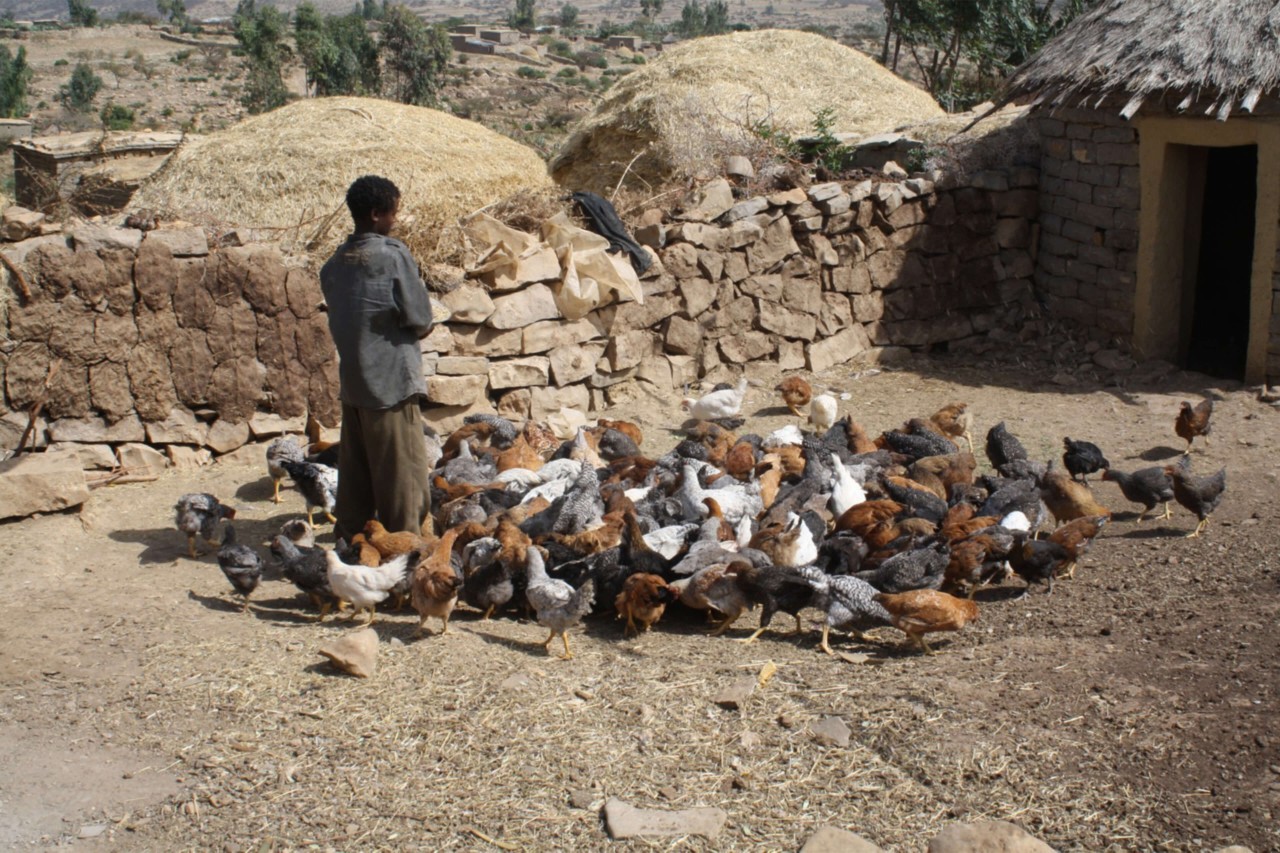
Building success through scalability
As Shields says, scale is crucial. Having distributed more than a million chicks via their network of 140 agents since 2010, the company’s ambition is to double the number of chicks it produces to two million a year within three years.
To achieve this, they’ve had to address a range of operational inefficiencies and administrative processes, which were hampering growth. As Shields explains: “We needed an accurate, real-time view of our entire organization – for example, we wanted our finance department to be able to ‘talk’ to HR, and the warehouse to be linked to sales. That way we could produce operational, sales and financial information including KPIs in real time, and better identify risks such as waste and theft.”
This was where consultants Jack Goldstein and Selamawit Bekele came in. The front line of a team drawn from EY’s UK and Ethiopian member firms, they worked with the company to determine the most effective Enterprise Resource Planning (ERP) system to put in place, and identify improvements for existing company processes, policies and data management.
“We now have a strategy paper that covers an assessment of our current situation, recommendations for an ERP system, budgets and timescales,” says Shields. In addition, the team was able to identify and prioritize over 100 cost and efficiency improvement opportunities, accompanied by an implementation plan.
Better business, better nutrition
With these issues addressed, the plan now is to try to expand into southern Ethiopia and replicate the success they’ve had so far. They will also be managing another two production facilities, taking the total to five, and attempting to meet their ambitious chick distribution targets.
By enabling local entrepreneurs to thrive, the company hopes to tackle the broader problems of malnutrition and food security, and thereby improve the life chances of children, improve health outcomes, and build a better economy for all.
The bigger these kinds of businesses grow, and the greater success they have, the more nutritious food and new opportunities for earning a living will be available to poor families, boosting their long-term health and economic potential. The bigger hope is that the more this socially conscious approach to encouraging entrepreneurship can be shown to succeed, the more it will be able to act as a model and inspiration for others in the poorest parts of the world.
Summary
By enabling local entrepreneurs to thrive, businesses could vastly improve the health and economies in the poorest parts of the world.


